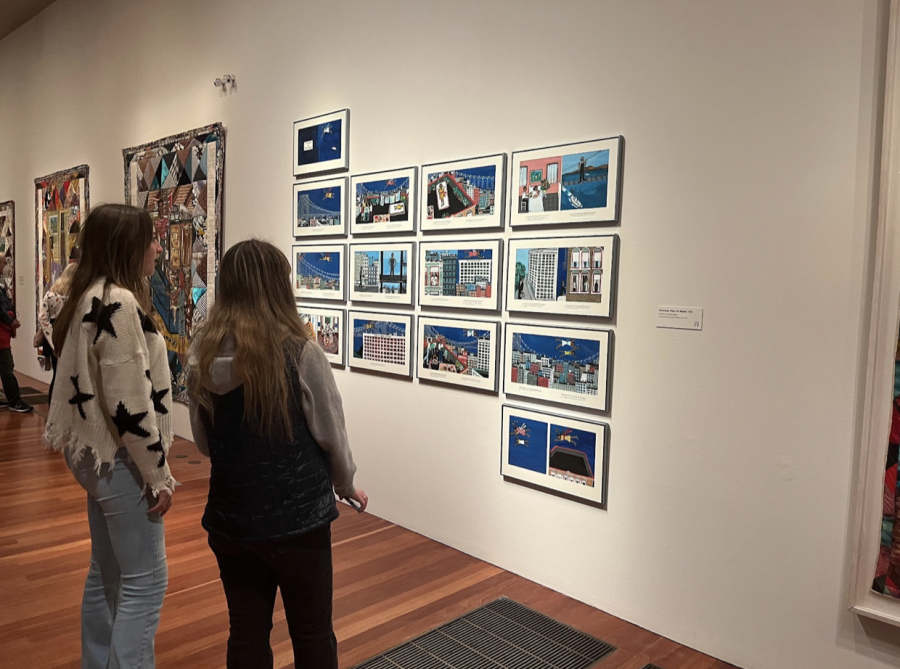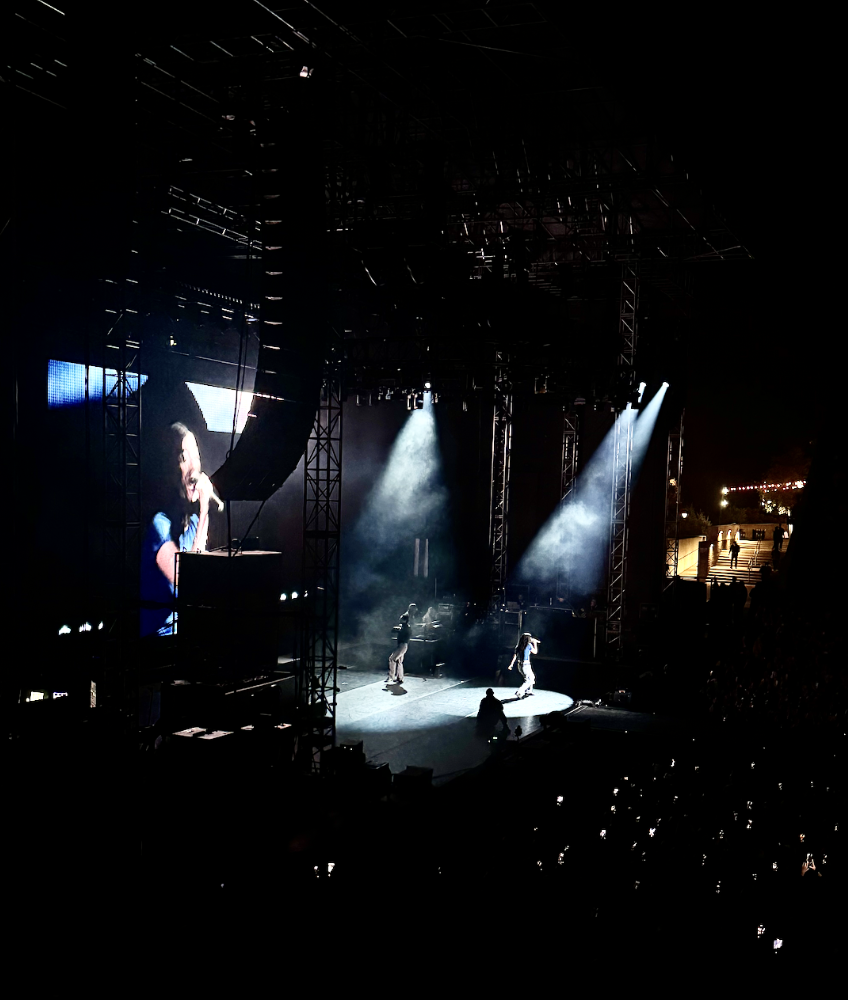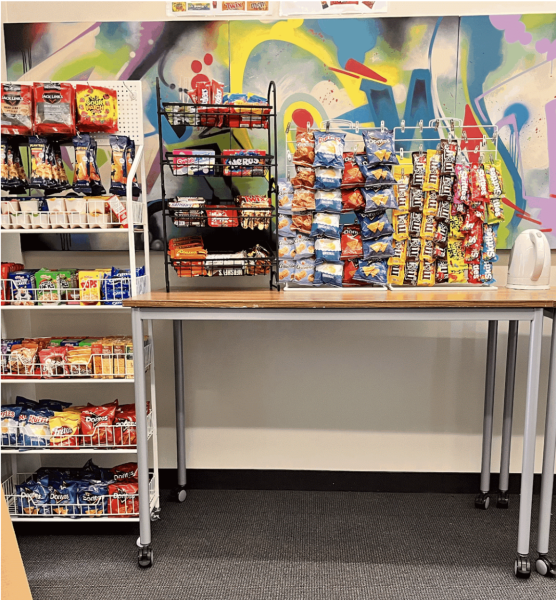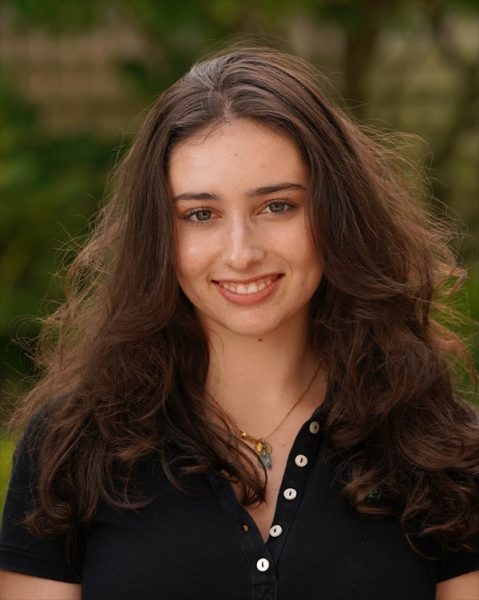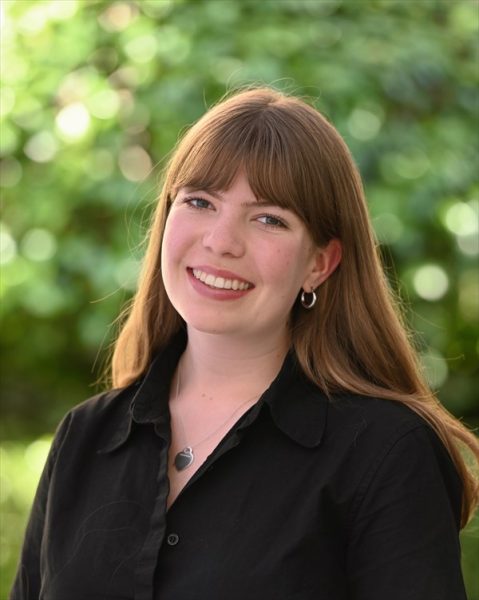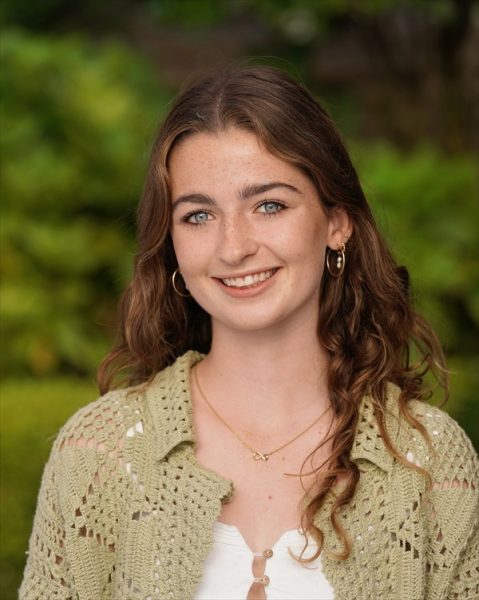For art’s sake
AP Art History visited exhibits at the DeYoung
Students looking at the DeYoung’s Faith Ringgold: American People exhibit. The class learned about Ringgold leading up to the visit and her work is on the Advanced Placement test.
November 17, 2022
Students in Advanced Placement Art History class went to the DeYoung and visited Ramses the Great and the Gold of the Pharaohs and Faith Ringgold: American People on Wednesday. The Ramses exhibit included artifacts from ancient Egypt, while the Ringgold exhibit included modern art centering around the black American experience.
“I really enjoyed being able to wander through the museum and see different artworks and artifacts,” said sophomore Charlotte Callaghan. “My favorite artifact was a mongoose sculpture from Egypt because it was heartwarming to see that so long ago they valued their pets.”
This year’s mix of 80-minute and 105-minute periods allows for students to have in-person experiences during the longer periods. Later on in the year, the class will be visiting Grace Cathedral to talk about gothic art and architecture, according to art history teacher Sarah Garlinghouse.
“When thinking back to my own high school experience, I think a lot about both what was done in and outside of the classroom,” said Head of Convent Rachel Simpson. “I am a big fan of field trips and I think they are an amazing way to get students engaged with what they are learning.”
Field trips are relevant to any class because they connect what is happening in class to the outside world, according to Simpson. Students take many local field trips throughout the year, but some global field trips include Costa Rica and Copenhagen.
“I really liked seeing Ringgold’s quilts in person because we talked about them in class, and it was full circle to be able to see them,” sophomore Amanda Telfer said. “Seeing an art piece in person really helped me learn about the form and detail of the art, which I will be able to incorporate in my writing for the class.”
Both exhibits are relevant to the AP test, which students will be taking at the end of the year — so seeing works in-person helped students further their understanding of what they had learned on-screen, according to Callaghan.
“It’s important to me that students see local and global opportunities as extensions of the classroom,” said Simpson. “Everything learned in school is not only applicable in class but can be applied to everyday life.”
For the test, students have to know 250 different artworks spanning global prehistoric through global contemporary art. The Ramses exhibit included art from the same time period as the pieces from the ancient Mediterranean, which will make up 15% of the test, according to College Board.
Ringgold’s Dancing at the Louvre quilt is one of the works students have to know for the test. Faith Ringgold’s quilts, which were a large part of the exhibit, were exciting to see in person because of the textures on the pieces, according to Telfer.
“I think art is something that is different when experienced in-person compared to just seeing it in a classroom,” Callaghan said. “Being able to see the materials used and the vividness of the paints is incredibly valuable to my learning.”



